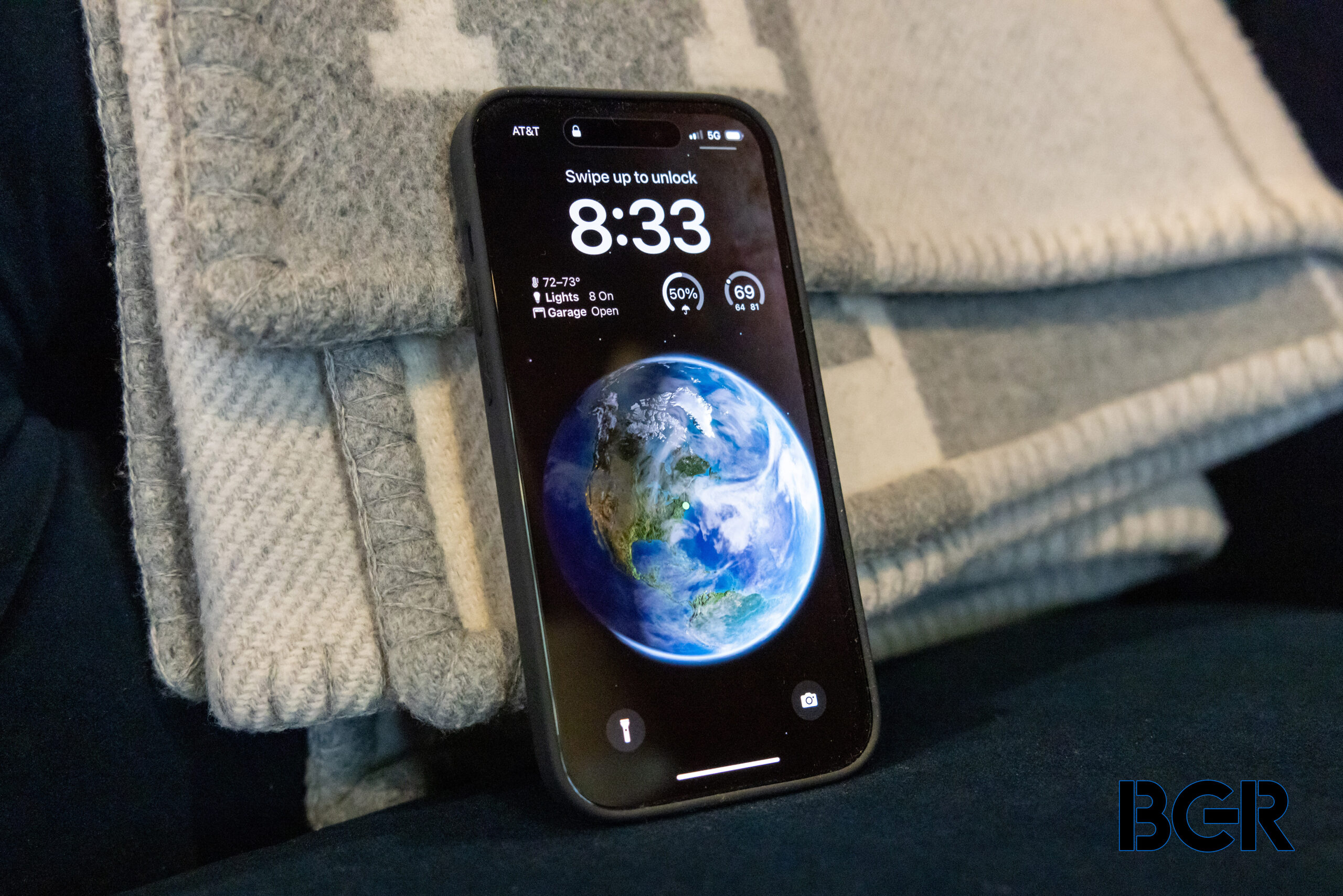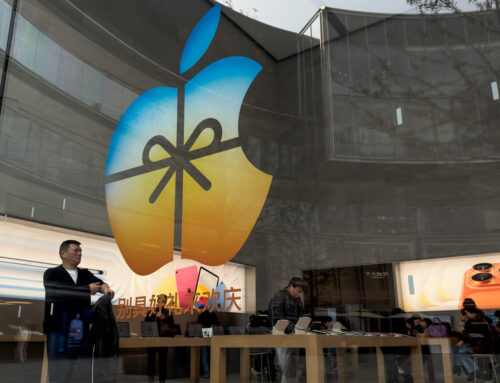Apple shares took a significant tumble this week in the wake of a Bloomberg report claiming that Apple decided to “pull back” from an initial effort to boost iPhone 14 production by 6 million units. As a result, Apple will instead aim to manufacture about 90 million iPhones throughout the rest of the year as opposed to 96 million. Expectedly, the report prompted a range of “The iPhone has peaked!” reports to sprout up across the web. However, the assertion that iPhone 14 sales are disappointing or slow is incredibly misleading.
We’ve been down this road countless times before. People get so attached to murky supply chain reports regarding initial production figures that they completely lose sight of the bigger picture. Truth be told, Apple is doing just fine. And as for the pullback on production, 90 million units is what Apple was initially planning to manufacture in the first place.
iPhone 14 production is outpacing the smartphone industry
With respect to iPhone 14 sales, it’s far too early to make sweeping declarations in any one direction. The iPhone has been out for about two weeks at this point. And if we’re being honest, we’re long past the days of people excitedly upgrading immediately when a new iPhone hits the market. In reality, even people who are keen on upgrading to an iPhone 14 may simply be waiting a bit before pulling the trigger.
The real test will be how iPhone 14 sales stack up leading into the busy holiday shopping season. If iPhone 14 sales take a slight dip this November and December, then sure, it might be cause for concern. But again, seeing as how the iPhone 14 just hit stores two weeks ago, it’s far too early to say that sales are a disappointment.
It’s also important to look at iPhone production in the context of the larger smartphone market. To this point, Peter Elstrom of Bloomberg notes:
But for Apple to build 90 million new iPhones is no disaster. The overall smartphone market is going to shrink substantially, with one forecast at negative 6.5%. For Cupertino, flat is the new up.
Apple certainly isn’t immune to the ebbs and flows of economic variables. In turn, if Apple can keep iPhone production steady in a tough economic environment — even as rivals flounder — that underscores just how strong iPhone 14 demand truly is.
It’s also worth noting that analyst Ming-Chi Kuo found Bloomberg’s unsourced report a bit strange.
(1/6)
Rumored Apple ditching iPhone production increase sounds a little bit weird to me. As I surveyed before, Apple had production switch plans from iPhone 14/14 Plus to iPhone 14 Pro/14 Pro Max/price-cut 13, but I didn’t hear of any overall iPhone production increase plan.— 郭明錤 (Ming-Chi Kuo) (@mingchikuo) September 28, 2022
iPhone 14 Pro models are selling exceptionally well
Additionally, people seem to be overlooking that Apple’s iPhone 14 Pro models represent the vast majority of sales thus far. Put differently, even if iPhone production remains flat, Apple should see a boost to its bottom line due to more favorable margins on the iPhone 14 Pro models.
Even Bloomberg concedes this point:
Demand for higher-priced iPhone 14 Pro models is stronger than for the entry-level versions, according to some of the people. In at least one case, an Apple supplier is shifting production capacity from lower-priced iPhones to premium models, they added.
Further, the iPhone 14 Pro Max reportedly accounts for 60% of all iPhone 14 Pro orders.
So basically, Apple’s initial iPhone production remains on target while the majority of sales have been for higher-priced and more profitable iPhone 14 Pro models. All in all, it sounds like it’s business as usual for Apple.
As a final point, revenue from the iPhone is the only metric that truly matters. And indeed, it’s the only metric Apple reports. Consequently, we won’t get the full picture of how the iPhone 14 is doing until Apple’s January 2023 earnings report. In the interim, Apple will certainly use the stock price dip to buy up its own shares at an accelerated rate







